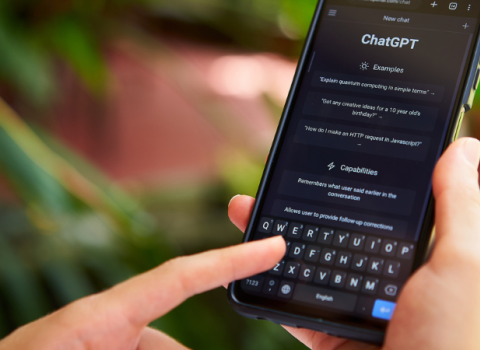Marine ecosystems are undergoing rapid transformations driven by human pressures and climate change. To understand how these forces reshape the seafloor, researchers from the University of Gothenburg’s Tjärnö Marine Laboratory analysed 26 years of underwater video recordings from Sweden’s Kosterhavet National Park, the country’s first national park. Published in Ecology and Evolution and funded by the European Commission DTO-Bioflow project, the study demonstrates how artificial intelligence (AI) can transform archives of marine footage into ecological knowledge, revealing ecological responses on the seabed to protection measures as well as rising temperatures.
AI Unlocks a Hidden Record of Marine Life
Beyond Sweden’s waters, the work shows how digital technologies are redefining the way we study and manage the ocean. Using a deep learning model trained to recognise 17 benthic species, the research team processed over 4.4 million images captured by an underwater robot between 1997 and 2023. The analysis, carried out on the Swedish National Academic Infrastructure for Supercomputing (NAISS), provided a detailed timeline of ecological change within the park. The results show that trawling restrictions introduced over the past 25 years have contributed to the recovery of sensitive seabed communities. Filter-feeding animals such as mussels, anemones and soft corals have become more common, while cold-water species like the football sponge (Geodia barretti) and the fileclam (Acesta excavata) are retreating from shallow areas as temperatures rise.
The long-term videos, recorded by underwater photographers at Tjärnö and stored for decades on hard drives, have become a scientific time capsule.
“We were lucky that the underwater photographers at Tjärnö chose to keep this data until now, when we can use machines to analyse it,” says Matthias Obst, marine ecologist at the University of Gothenburg and research leader in DTO-BioFlow. “Without machine learning, it would have been impossible to analyse such a large number of videos of varying quality and count the abundance of 17 different species over 26 years.”
A Case Study for Marine Ecosystem Management
The study is part of DTO-BioFlow, a Horizon Europe project that supports the Digital Twin of the Ocean by improving how biodiversity information flows into it. The Kosterhavet analysis demonstrates how digital approaches can support Ecosystem-based Spatial Planning and Marine Protected Area (MPA) Management. This study tests how linking species traits, such as feeding type or habitat-forming capacity, to the ecosystem services they provide (for example erosion prevention, carbon storage, or biodiversity support) can improve how we assess and plan for human pressures in marine ecosystems.
By applying deep learning to long-term monitoring data, the Kosterhavet study provides the type of species-level and functional information that the DTO-BioFlow study uses to demonstrate these methods in practice. The results contribute to a European traits database and ecosystem-service modelling framework that connect local ecological evidence with continental-scale digital analyses, showing how AI-derived biodiversity data can inform more effective spatial planning and policy decisions across Europe.
This knowledge will ultimately feed into the future Digital Twin of the Ocean (DTO), the European initiative led by the European Commission that aims to create a digital replica of the oceans combining data, models, and AI to visualise, analyse and predict marine change, providing tools for sustainable ocean management.
This article was first published by Trust-IT via DTO-BioFlow.





 A unique international forum for public research organisations and companies to connect their external engagement with strategic interests around their R&D system.
A unique international forum for public research organisations and companies to connect their external engagement with strategic interests around their R&D system.